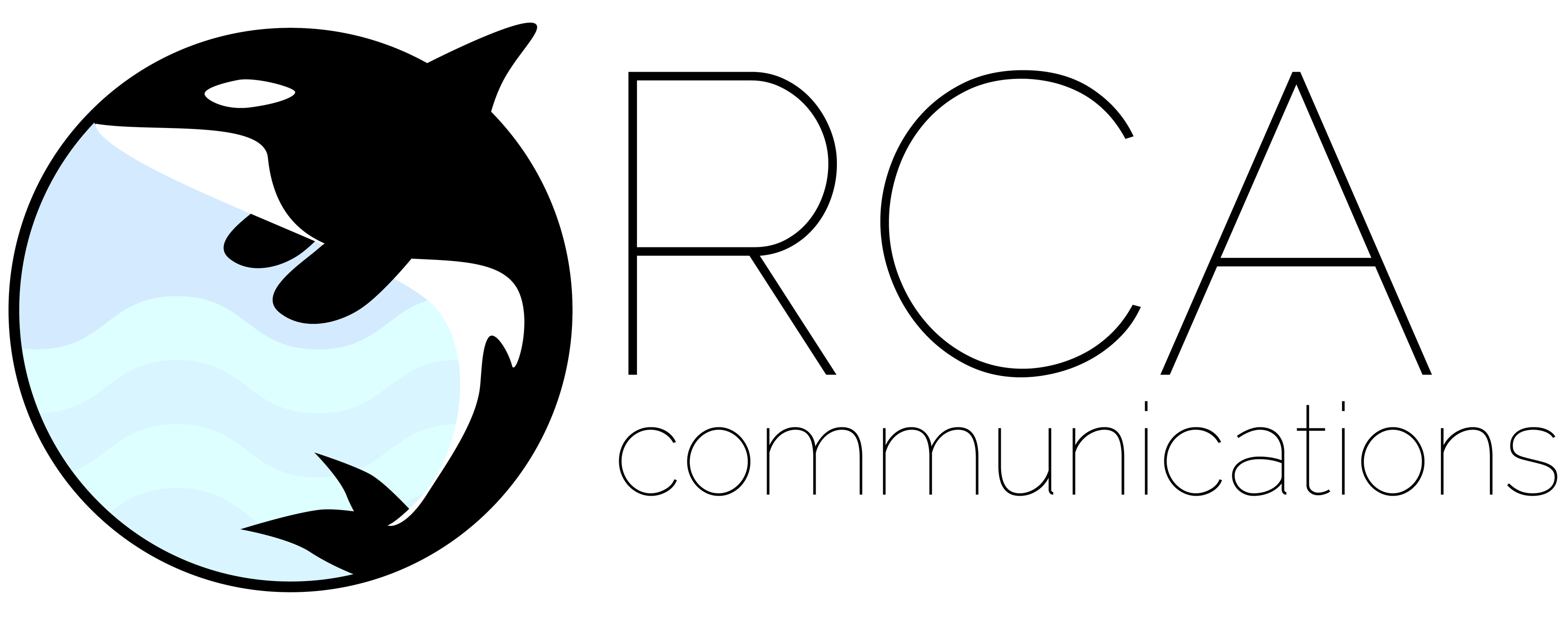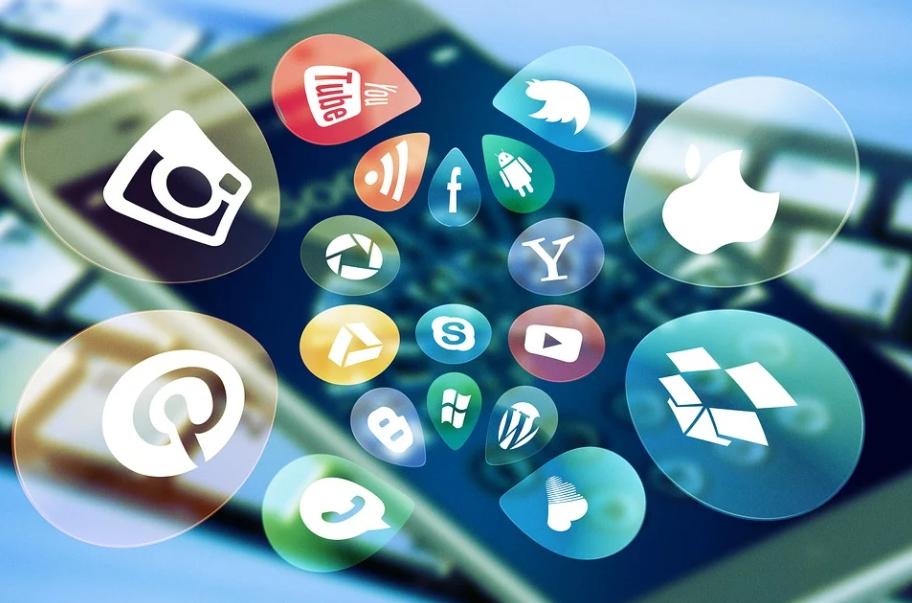Which Social Media Platforms Work Best for Your Brand?
By: Lora Reuther
Remember that stale, forgotten Twitter profile you signed up for ages ago? How long has it been since it got updated? What once was an exciting, new social platform has slowly faded away to the background as Instagram’s images and video content has proven to be more exciting for your brand. And now there’s even more new and flashy platforms calling your attention. Maybe you were even surprised to find your product featured on TikTok, having never even heard of the platform before. Should you create a profile for your business? Or you might be new to social media and ready to take the leap, but unsure if Facebook is the best fit for your brand. We hear these questions every day and guide our clients to discover their strongest social media platforms. We discuss our 6 favorite social media platforms for your consideration and our reasons for adding them to your social media strategy.
Surprised we’re starting with Twitter? Twitter is still relevant to brands, but we often run into abandoned profiles or posts that lack engagement. With 166 million monetizable active daily users between the ages of 18-49, Twitter is worth your consideration. Twitter is a great platform to launch new products, spread the word about crowdfunding campaigns, join the conversation and acquire customers. Twitter fits all types of brands from sports teams to breweries and pizza joints to toilet paper. It’s where news, politics, entertainment and everyday moments are shared. Twitter’s real-time sharing makes this a unique platform for community discussion and a great tool for customer service.
So, why do accounts go stale? Mostly because you have to put in the time to get more engagement and followers. To make the most of this platform you’ll need to spend the time checking in daily to share updates, respond to comments, listen to customers, retweet, and engage with followers. Find your voice ensuring that it’s friendly, authentic and unique while matching the tone of your brand. Craft your tweets using a consistent style considering details like the number of hashtags and emojis you use and the branded hashtags you want to share. To grow your following start conversations by sharing your knowledge, ask questions and get funny. It’s ok to not always talk specifically about your brand. Instead you can share funny updates that tie into the theme of your product or jump in on trending hashtags. You can share text-based tweets, images, videos, links, questions, and quotes. Twitter also offers advertising campaigns for that extra push.
Expected to hit 1.69 billion users in 2020, Facebook is still a major social media platform for businesses. Targeted at users of all ages, you’ll find both men and women between the ages of 18-60+, but this platform does lean towards Generation X, Millennials and Baby Boomers. Facebook’s platform sharing is flexible, allowing brands to connect with customers and establish a rich community. You can share images, videos, text updates and article links. You can get creative with giveaways and offer peeks from behind-the-scenes. Facebook recently rolled out Groups where you can share news, tips, free stuff and chit-chat with your followers. You can get creative and invite followers to share their ideas and feedback about your product such as outfit inspiration, recipes incorporating your ingredients or content they have created using your device.
However, lately Facebook has received some negative feedback from brands and there are some changes that might keep you from creating an account. It’s becoming harder for companies, especially small businesses, to connect with new followers due to the changing algorithm. According to Hootsuite, Facebook post reach was down by 2.2% in 2019 which means less people are viewing your content. If you turn to Facebook ads the cost has been increasing each year and it’s not in everyone’s budget to boost every post for views. That doesn’t mean Facebook can’t work for you. By testing content and sharing your bests posts, improving and sharing more videos, posting on a schedule during peak hours and starting a conversation with your followers with engaging text you can still make Facebook a valuable tool for your company.
No surprise here, LinkedIn is the best place to be for B2B businesses. If you’re looking to network, find new leads or post a job opportunity this is the perfect platform to add to your social media roster. Starting a company page is easy and you’ll get the chance to share details about your business such as the key products you offer, size of your business and important brand messaging. Start off by sharing a couple posts a week with the goal of creating engagement. Get creative and test your content to ensure you’re always sharing something of value. Offer followers industry advice and tips, reveal projects you’re working on, share interesting blog posts, celebrate company achievements and invite followers to join the discussion by posing questions and asking their opinion. Reach out to followers by inviting connections to follow your company page, post a job, create an event and dive even deeper by running an ad in LinkedIn’s Campaign Manager. Their ad platform is easy to use and allows you to build your audience by selecting specific details such as job title, business size, location, etc. If you’re not a B2B business LinkedIn is probably not the best fit. Keep reading for platforms better suited to the visual.
TikTok
You might have heard of TikTok thanks the popular dance challenge videos that have been popping up all over the internet as more of us are staying home. Yes, it’s the new trendy social media platform, but, does TikTok makes sense for your brand? TikTok is fun, humorous, and playful and a huge hit for Generation Z with users between the ages of 16-29. It’s the Instagram for videos. When you create an account, you’ll notice immediately that this platform is all about short video content that plays on a repetitive loop. Users immediately start scrolling videos upon downloading the app without even having to create an account, but, if you want to like, comment and share the videos on social media or SMS you’ll need to sign up. TikTok is all about hashtags with new video challenges being created every day such as #WhatIdWear, #SkillBuilding or #FamilyDinner. Brands can get in on the fun by sponsoring a hashtag challenge that will be advertised on the Discovery page in a paid banner ad.
Most brands ignore this platform due to the age range and investment required to create original video content. If your product lends itself well to the visual and you can generate a lot of video content, this is a great platform to consider investing some time. If your product skews older and you find yourself banging your head against what to film, this might not be the best fit. You can still incorporate TikTok into your social media plan by working with influencers who can promote your product in a paid video.
Snapchat
Snapchat is known for being authentic. Unlike other platforms you won’t find heavily edited images that lack the personal, organic feel that everyone hopes for when joining social media. The fleeting nature of the content created and shared encourages people to use their phones to capture everyday moments on the fly instead of planning content using DSLRs and editing software. Snaps which are short photos and videos shared to your friends through the app are deleted soon after being opened and unopened Snaps delete after 30 days. You create Snaps by giving the app access to your camera, microphone and location. For businesses looking to reach millennials and Generation Z, Snapchat is the platform to add where you’ll find around 218 million active daily users who are predominantly in their 20’s and early 30s. Snapchat is also great for businesses that can share timely news, updates and a variety of content.
To get started download the app of your phone. When you sign up for your account select your username carefully because you won’t get the chance to change it after you sign up. You can reach followers by adding contacts from your phone, sharing your Snaps to Stories (more on that below), running a contest and by simply sharing your Snapcode on your social media platforms, blog, website and email newsletter. For businesses using the app, you’ll want to create a Story and add your Snaps to Our Story which is a public collection of stories that will also show up on Snap Map and Discover. Snaps shared to Our Story will be deleted after 24 hours. To increase your following, you can also work with influencers and run campaigns such as profile takeovers.
Pinterest is an inspirational cove where people can find ideas for work, hobbies, travel, holidays, gift giving and so much more. 335 million monthly users create, share and save Pins to carefully curated boards that are referenced during key purchasing moments. A recent study by ComScore revealed that Pinterest audience includes approximately 80% of women ages 18-64 with children. If your goal is to market towards moms, Pinterest is a great tool where your brand can be discovered and the content you share has the chance to survive and continue inspiring. To make the most of your Pinterest account you’ll need to create Pins that bring value to your followers. You can share your own images or images you find online along with repining images on Pinterest, but to increase engagement and followers you’ll need to get creative by sharing a variety of original content such as blog posts, infographics, recipes, tips, etc. Always include a link on your Pin to your blog, store or website – this will drive customers to make a purchase. Avoid sharing news, sales, or events that won’t be relevant after the fact. The Pins you share will be discovered in the Home Feed, Pinterest Search, and Following where users can add them to their boards. Craft interesting boards on your profile to encourage users to follow and save. Pinterest also lets businesses make their website “Pinnable” by adding the Save Button to your website’s images. You can apply for Rich Pins which will add even more information to your Pins such as price and availability. You can also promote your Pins in Ads Manager to increase followers and engagement. Build a community by creating a Group Board where you can invite users to add their Pins. The most important thing to remember if you want to dive into Pinterest is that you’ll need to dedicate time to curate a variety of creative content, take high-quality photos, and plan your Pins using a social media calendar and scheduler to ensure your boards have an overall beautiful aesthetic when scrolling.

